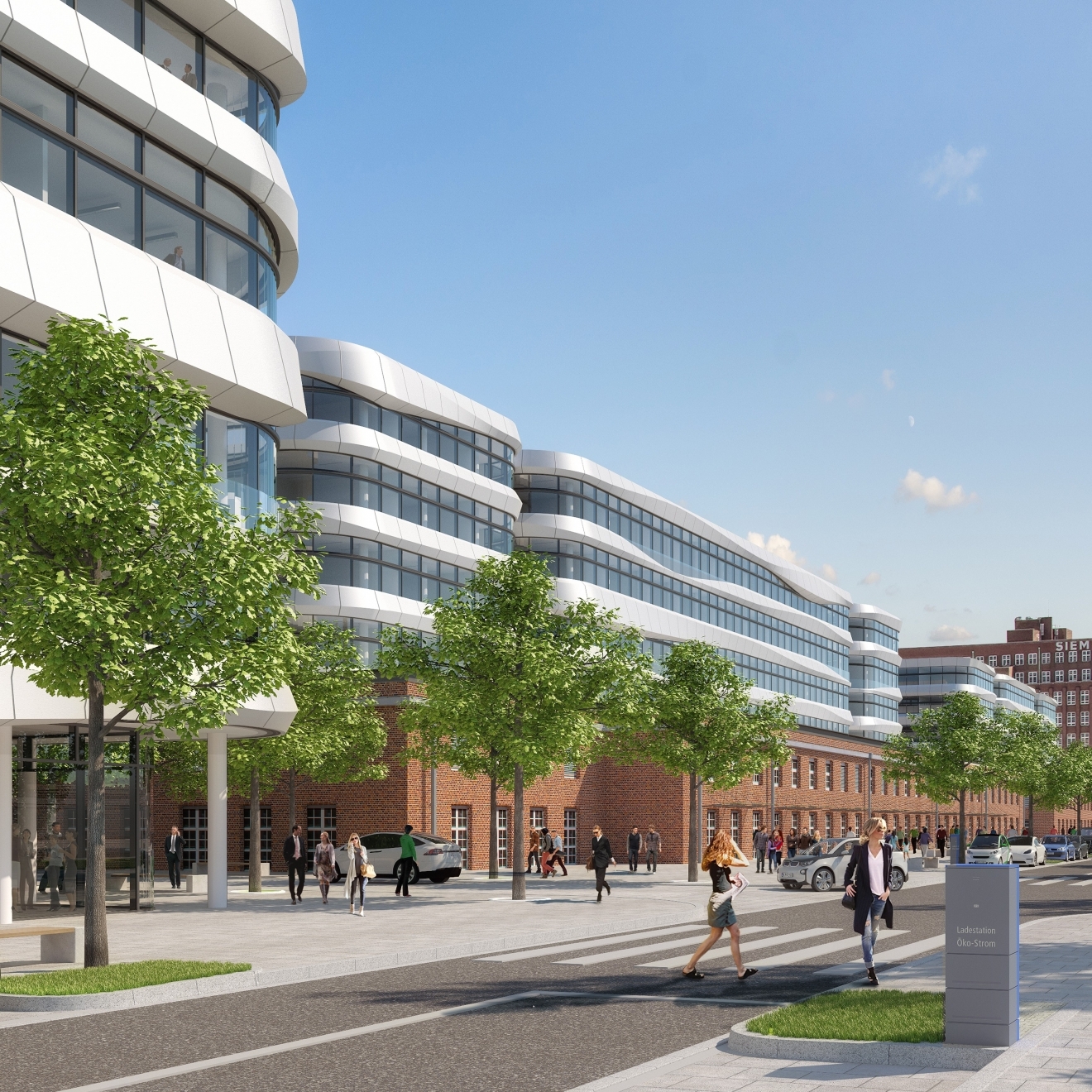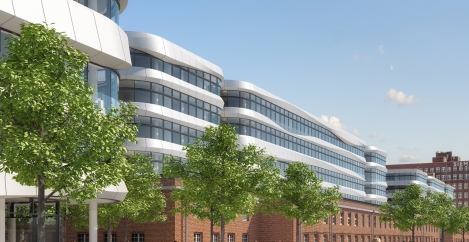October 21, 2021
Urban environments and buildings needs a transformation, report claims
 Ahead of COP26, green business leaders around the world have called for government and industry action on buildings and infrastructure. The World Green Building Council (WorldGBC) has published a new report, which it claims helps to identify opportunities for how a transformative, integrated approach to urban environments and buildings is essential to deliver change in line with the commitments of the Paris Agreement.
Ahead of COP26, green business leaders around the world have called for government and industry action on buildings and infrastructure. The World Green Building Council (WorldGBC) has published a new report, which it claims helps to identify opportunities for how a transformative, integrated approach to urban environments and buildings is essential to deliver change in line with the commitments of the Paris Agreement.
The report Beyond Buildings: Why an integrated approach to buildings and infrastructure is essential for climate action and sustainability argues for ‘systemic and integrated infrastructure solutions to improve sustainability outcomes.’ It also calls on the built environment industries to collaborate and co-ordinate their efforts to achieve the new goals.
Urban environments are responsible for 75 percent of annual global GHG emissions, with buildings accounting on their own for 37 percent.
In Beyond Buildings, the WorldGBC claims to present the interconnection between buildings and infrastructure, and argues that systemic and integrated solutions will unlock improved sustainability outcomes. This will also accelerate the change in trajectory of GHG emissions from the built environment, according to the authors.
Through presenting the roles that both the private and public sectors must play in terms of investment, policy and procurement, WorldGBC’s report claims that ‘a global framework of principles’ is necessary to accelerate sustainability performance across infrastructure.
WorldGBC calls for collaboration amongst all actors in the development of a framework of principles. These principles should be adapted and verified at a local level in order to align with the 1.5° emissions trajectory and the United Nations´ Sustainable Development Goals (SDGs), and be applicable to all asset types, to be co-created, agreed, and universally pursued. This report sets us on the path of that journey.
Nigel Topping, UN High Level Climate Champion for COP26, said: “How our towns, cities and countries continue to grow really matters to the global climate crisis. We have to realise that what worked in the built environment and infrastructure sectors in the past will not work in the future.
“The world faces crisis on multiple fronts, which is why we’re putting collaboration in infrastructure and built environment – a sector that contributes 75 percent of annual global GHG emissions – at the heart of everything we do. Only by forging new partnerships and all-party agreements can we overcome the challenges facing our planet and society today.”
Cristina Gamboa, CEO, World Green Building Council, said: “In the lead up to the Cities, Regions and Built Environment day at COP26, the importance of considering all aspects of the built environment – both the buildings we live in, and the infrastructure that supports them – is critical for taking a holistic and systemic approach to climate action and sustainable development. If we’re to build a better, brighter future, the infrastructure sector needs to de-link its growth from emissions by embracing a systemic approach which delivers sustainable built environments for everyone, everywhere.”













